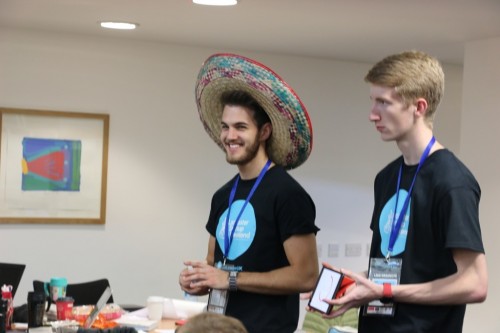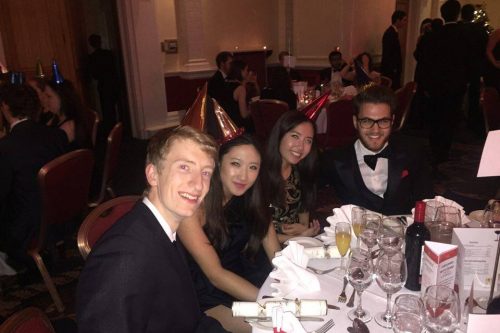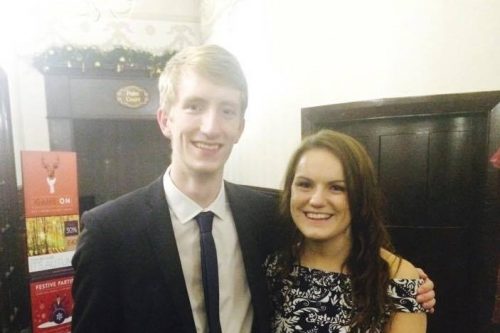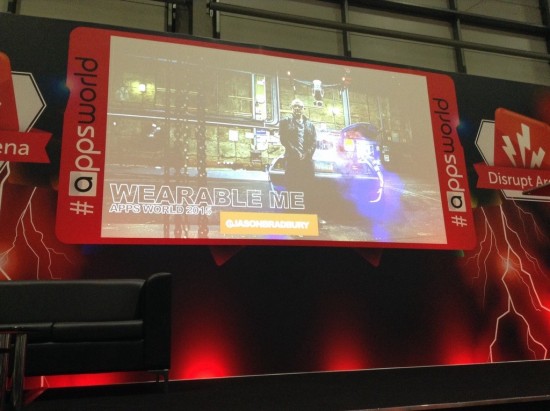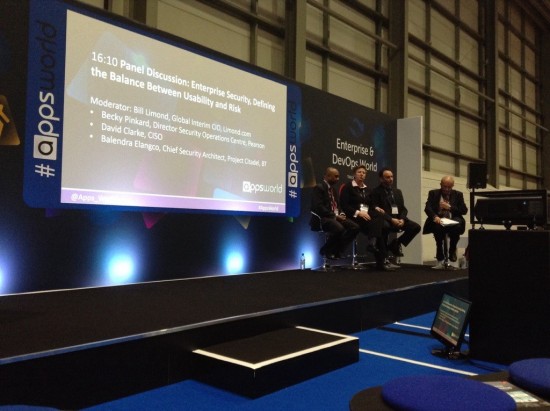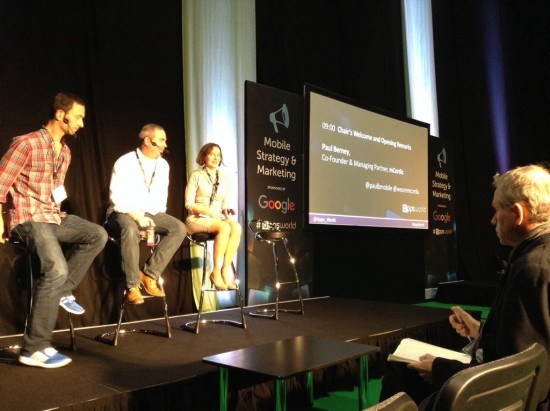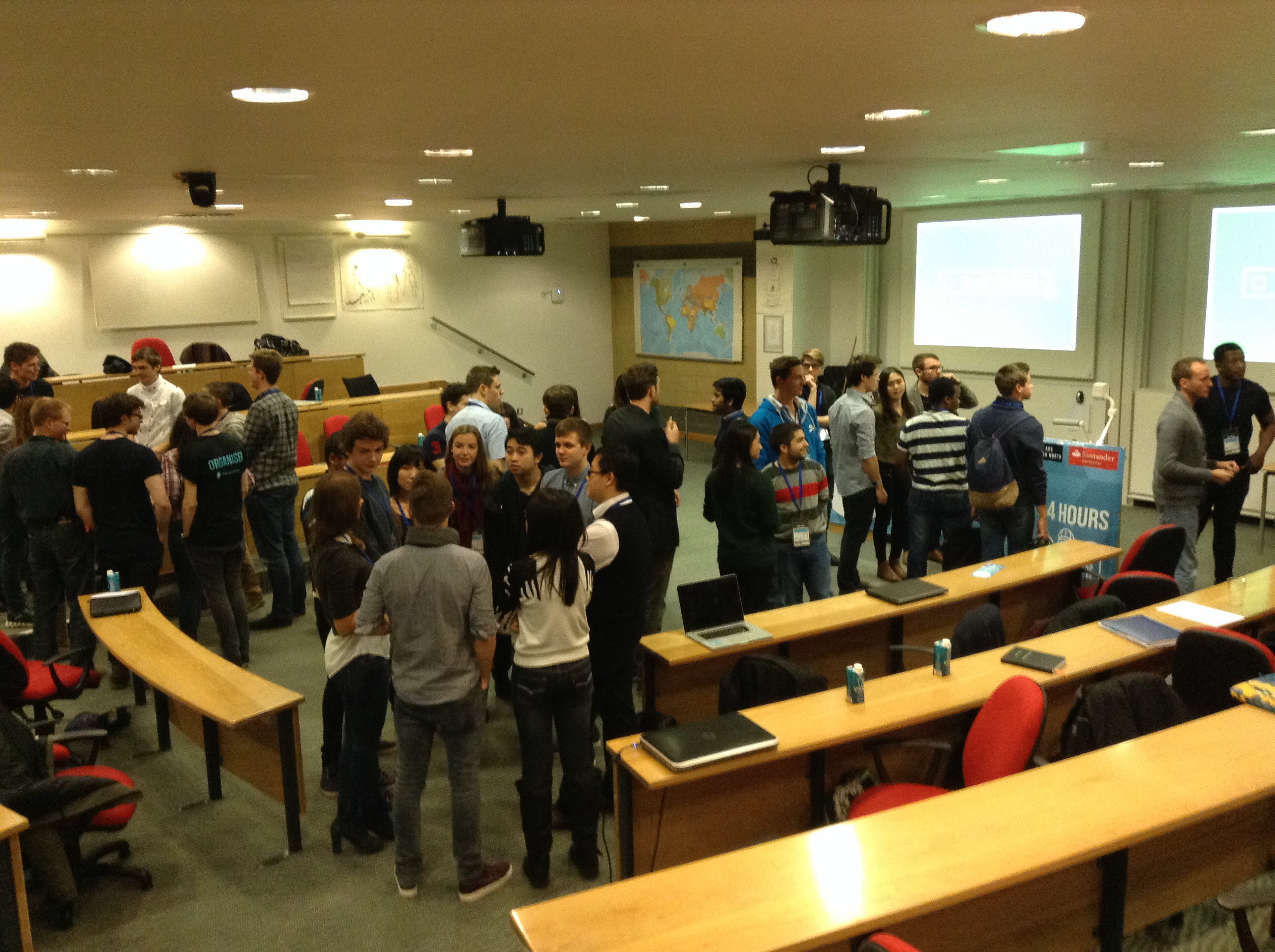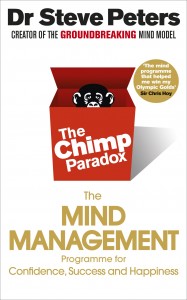I recently attended a pitching event, organised by the Hive.
Two friends and I decided to pitch our new idea. This would be the first time we had properly explained our idea to others. We had three minutes to somehow make our rather ambiguous and flawed idea sound incredible. We had thoughts ourselves about where this idea would go, but getting that across felt like a big hurdle. Now, I will openly admit I was nervous, however I was keen to ensure that didn’t show during the pitch.
Our pitch was very well received and lots of people commented on the fluidity of our pitch and the confidence we portrayed – success!
Rewind a few weeks to when I was attending the IBM Consulting Experience 2015. The experience ended with all teams pitching their solutions. Once again, pitching to senior members of IBM in a room of very high potential students didn’t help my nerves. However every single judge commented on my confidence and pitching abilities in their feedback.
People are afraid of pitching. They are scared of making a fool of themselves, they fear messing up and not taking advantage of the moment. My advice – you can’t control what people think, but you can control what they see!
Before university I hated public speaking, my voice would shake and I would constantly be worried about being judged. Now, I still get nervous. I can feel my legs want to shake and my mouth drying up, but I enjoy pitching because my end result now brings in positive feedback.
How I pitch or present has changed hugely since coming to university, however that’s not because I have somehow found a way to become an emotionless robot when pitching, it is because I have learnt from others how to display yourself.
From watching others pitch and, crucially, having chances to practice, here are my top 3 ways to make your pitch appearance better:
1 – Voice
The natural thing to do when nervous is talk fast and have a shaky voice. Whether someone is looking at you or not, they will hear you when you talk and so your voice needs to portray confidence. Take your time and breathe.
For me, I can feel when my voice might be about to shake and so I will slow down and take a breath. This helps me relax, it allows me to take control of my tone and the audience won’t give it a second thought.
2 – Body language
This is usually unique and difficult to counter. Subconscious body movements are very common when pitching. I’ve seen everything from pacing rapidly to hip wiggles. Most of the time you don’t even realise it is happening, but the audience certainly do!
It is important to remember that some sort of movement is natural. An audience won’t warm to a robotic stance. Just as before, to counter it you need to identify your nervous movement. Once you know what it is, look out for it when pitching and avoid it. Once again, slowing down your speaking will help slow down your body.
3 – Content
Forgetting your lines is a huge sign of nerves. You knew it word for word the night before, but when it really counts it just slips doesn’t it!
The solution to this was put perfectly by a friend of mine recently – understanding, rather than learning.
When you learn lines, once you’ve forgotten them, that’s it! If you know and understand your topic inside out, a script isn’t needed. When I pitch I like to write a script to structure what I will say, however I then make sure I know what I’m talking about rather than the word for word script. This means, often when rehearsing, I will use different wording to say the same thing. When it gets to show time I am telling people what I know, using whatever wording comes to me at that time, rather than trying to remember a script word for word.
As with most things, practice will help a lot. However don’t practice with fear, go into a pitch with confidence and excitement for that adrenaline rush. No matter what you feel inside, it is what the audience see that counts!
